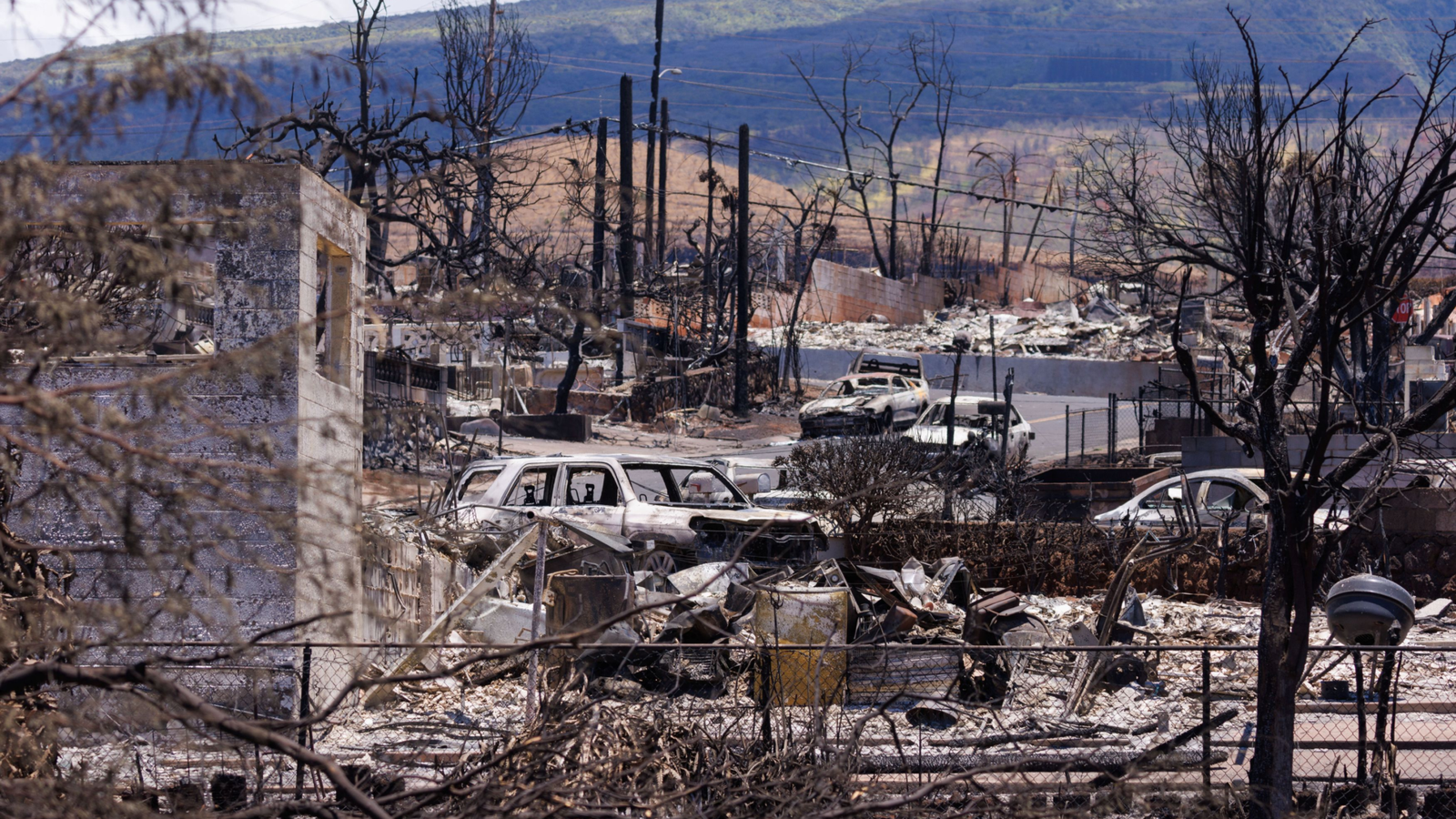The serene beauty of Hawaii is no stranger to the ruthless force of nature. Its many active volcanoes, typhoons, and earthquakes have been constant reminders of nature’s might. However, the recent wildfire that scorched the landscape of a Hawaiian town stands as one of the most harrowing reminders yet. The aftermath of this catastrophic event has left an indelible scar on the lives of many, as the number of casualties has tragically risen to 106 on Tuesday, casting a dark shadow over the paradise island.
Wildfires, while not uncommon, have their own unpredictable temperament. When the flames roared through the unsuspecting town, they left behind not only ashes and charred remains but also a wave of grief that echoes throughout the state and beyond. As rescue operations continue this week, there is a lingering fear that the death toll might yet climb, underlining the devastating impact of this disaster.
Maui County Responds to the Tragedy
Tuesday was not just about the grim tally but also about giving names and faces to some of those numbers. Maui County released the first confirmed identifications of the wildfire victims. The weight of this information is heavy, as it makes the tragedy even more palpable. Among those identified were a 74-year-old and a 79-year-old, both residents of Lahaina. The sheer gravity of the information means it’s not just numbers on a sheet, but lives that were lived, dreams that were dreamt, and families that now have to confront an irreplaceable loss.
According to Maui County officials, the next of kin for these two individuals have already been notified. The painstaking task of identification is not just about the administrative aspect but also about the human connection. Officials are working tirelessly to ensure that families get the information they need during these trying times. As the release stated, another three of the 106 deceased have been identified, but the notification of their next of kin is still pending.
The Human Face of Disaster
Wildfires are particularly daunting disasters. They are swift, unpredictable, and leave very little time for evacuation or response. For those who lived in the affected town, the wildfire was not just a natural calamity; it was a personal assault. Homes, memories, and lifetimes vanished in its fury. With every number added to the death toll, there’s a story, a history, and a void left behind.
The elderly, such as the two individuals from Lahaina identified by Maui County, are especially vulnerable in such scenarios. Their age and possible health conditions might have made it difficult for them to evacuate swiftly. These scenarios underline the need for robust emergency response systems, particularly for the vulnerable sections of our communities.
The Rescue Operations: A Beacon of Hope
While the increasing death toll paints a grim picture, the ongoing rescue operations are a testament to the resilience and spirit of the community. First responders, firefighters, and volunteers have been working tirelessly, navigating through the smoldering debris and ash, in hopes of finding survivors and bringing closure to families.
These brave souls, often working long hours and under challenging conditions, are the unsung heroes. Their determination and commitment have been crucial in the aftermath of the disaster. The hope now is that as the rescue operations continue, more individuals might be found, even as the daunting task of identification goes on.
Looking Forward: Recovery and Resilience
As Hawaii grapples with the devastation of this wildfire, it’s essential to look ahead and understand the ways in which such tragedies can be mitigated in the future. Climate change, urban planning, emergency response systems, and community awareness all play a role in determining the severity of such events.
Communities worldwide can learn from this tragedy. Investing in early warning systems, ensuring that infrastructure is fire-resistant, and conducting regular evacuation drills can save numerous lives. Furthermore, community bonds can act as a safety net during such events. Neighbors looking out for each other, especially for the elderly and vulnerable, can make all the difference.
For now, as the embers of the wildfire cool, the spirit of the Hawaiian community is evident in their unity and resilience. The road to recovery might be long, but with the collective strength and support from the global community, Hawaii will rise again.
In conclusion, the Hawaiian wildfire tragedy has brought to light the fragility of life and the unstoppable force of nature. With each identification, the weight of the loss becomes more tangible. As the world watches and extends its support, there’s a lesson for all in preparedness, resilience, and community strength. As the saying goes, “In the midst of every crisis lies great opportunity.” Hawaii’s opportunity now is to rebuild, remember, and ensure a safer future for all its residents.
Read More:
